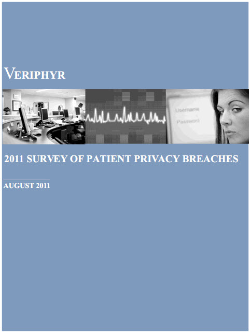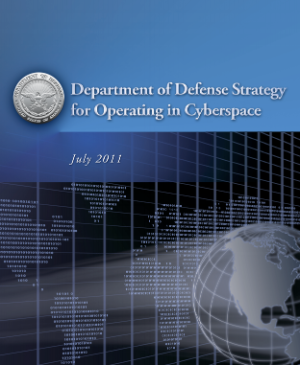Who is Securing Big Data?
 Capgemini recently released a report, “The Deciding Factor: Big Data & Decision making,†which states that:
Capgemini recently released a report, “The Deciding Factor: Big Data & Decision making,†which states that:
“nine out of ten business leaders believe data is now the fourth factor of production, as fundamental to business as land, labor and capital.”
Furthermore,
“Two-thirds of executives consider their organizations are ‘data-driven’, reporting that data collection and analysis underpins their firm’s business strategy and day-to-day decision-making.”
According to Gartner Inc.,
“Business executives and IT managers are increasingly referring to information as one of their organization’s most critical and strategic corporate assets. Certainly there is a sharp rise in enterprises leveraging information as a performance fuel, competitive weaponry and a relationship adhesive.â€
This all begs the question, “If this data is so important to enterprises, what are they doing to really secure it?”


 April 15th marked the 100th anniverasary of the sinking of the
April 15th marked the 100th anniverasary of the sinking of the 





